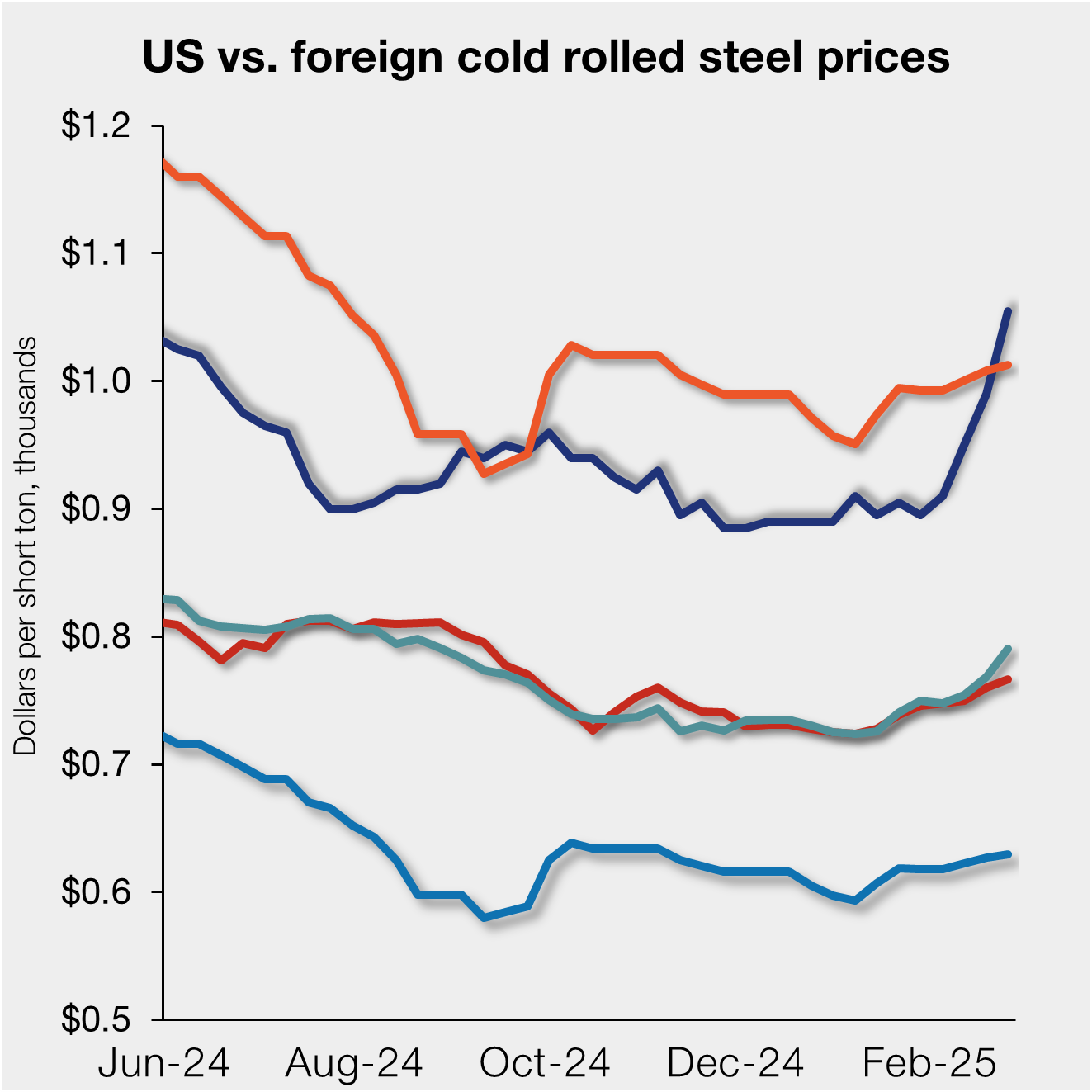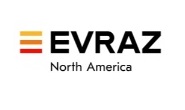Steel Products Prices North America

Chinese Iron Ore Bubble Bursting…
Written by John Packard
March 9, 2014
Steel Market Update has been writing about the iron ore pricing and inventory bubble growing in China. We have been forecasting that it is only a matter of time before the bubble will burst and iron ore prices will collapse. The issues are a slowing Chinese steel sector, pollution issues plaguing the Chinese government, bank loans to Chinese steel mills and iron ore traders going unpaid and non-banking sectors providing steel companies and traders’ loans using iron ore as collateral.
As of Friday, March 7, 2014, the Chinese ports held 103.85 million metric tons of iron ore.
SMU received the following email from our Asian iron ore trader who has been warning us about the situation in China over the past couple of months.
“The Banks announced this afternoon they are going to intervene on Iron Ore at the Ports now. Buyers/Mills are requesting extensions on the payments and since the Buyer’s have to provide 20-30% Deposit when Opening the LC and against Negotiation of the Documents, the Banks are now advising they will Confiscate the 20-30% and auction the Iron Ore at the ports to recover the 70-80% as they are refusing any extensions.
The s__t is about to hit the fan.
With this announcement today, the domestic market tumbled and dropped by USD3/mt and Platts just came out down USD3/mt as well! 62% is now standing at USD112/mt CNF FO. We will be close to USD110/mt level we discussed a few weeks back very, very soon.”
Steel Market Update went back to our source and asked if steel export prices are being impacted and how many steel mills and iron ore traders are affected. This is what we received back:
“Can only answer the ones I know…
Steel Export prices are already on the move downwards. I will update you on Monday of new levels.
As for raising capital by dumping off some of the steel already produced, a lot of that steel has already been used as collateral for loans John. Also in China, when Mills or Traders receive an LC, they can discount that LC with the Banks at 3% or 5% and take the cash money in advance of even production or export. If something should happen and the goods are not shipped, then the LC receiver has to refund the cash.
How many companies are going to be affected and does anyone have any guess, not yet John as the announcement only came today, but from what we have heard, many Traders will be hit the hardest. Steel Mills started unloading their “on water” cargos a few weeks ago, meaning reversing the chain of Buyer – End User to Buyer – Seller.
With over half the tonnages at the ports at high prices John, and the market taking 10-12% decreases
recently, and no upswing in sight, it was inevitable that the Banks make a stand to cover their own
asses as they know they are not going to get paid.”
SMU believes $110 62% Fe fines is inevitable. The question is will ore dive below $100/dmt and how big will the losses be at the larger mills who are stuck with ore at $120+?
This article was originally provided to our Premium Level members on Friday, March 7th.

John Packard
Read more from John PackardLatest in Steel Products Prices North America

Nucor slows HRC price climb with $5/ton increase
After eight weeks of double-digit price increases on hot-rolled (HR) coil, Nucor slowed the price rise this week with an increase of $5 per short ton.

Domestic CRC prices surge ahead of imports
The price spread between stateside-produced CR and imports reached its widest margin in over a year.

Evraz raises plate prices $160/ton
Evraz North America (NA) has followed Nucor and SSAB with a plate price increase of its own: up $160 per short ton (st). The increase was effective immediately for all new orders of carbon, high-strength low-alloy, and normalized and quenched-and-tempered plate products, as well as for hot-rolled coil, the steelmaker said in a letter to […]

Nucor lifts HR coil to $820/ton
Nucor has increased its consumer spot price (CSP) for hot-rolled (HR) coil for a fourth consecutive week.

Nucor pushes HR spot price to $790/ton
Nucor increased its consumer spot price (CSP) for hot-rolled (HR) coil to $790 per short ton (st) on Monday, Feb. 10 – a $15/st bump vs. last week. The Charlotte, N.C.-based company has raised its weekly CSP by $40/st over the past three weeks after maintaining tags at $750/st since Nov. 12, according to SMU’s […]
